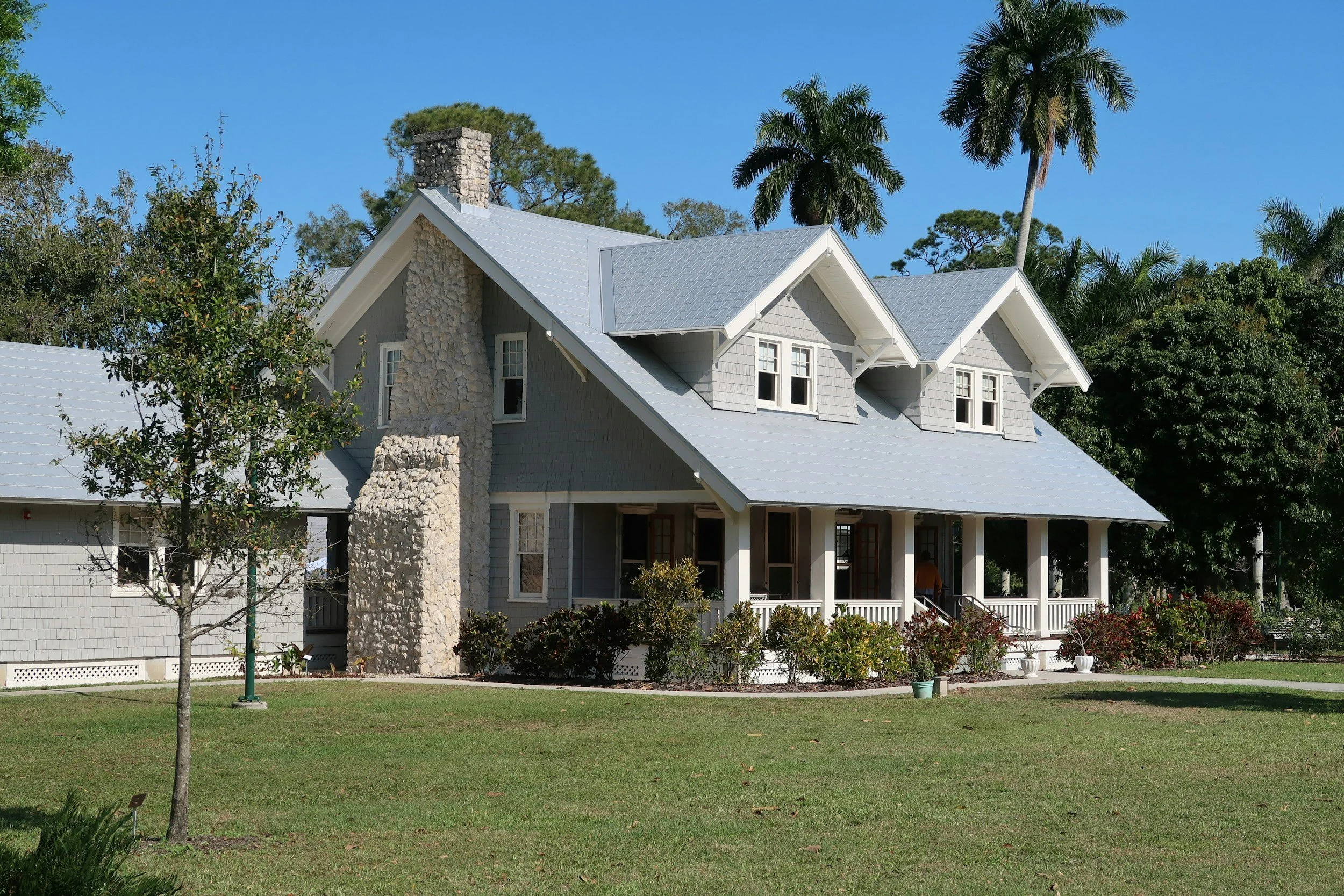Most homeowners focus on shingles, metal panels, or tiles when thinking about their roof — but the real protection begins underneath. Roof underlayment is one of the most important components of a roofing system, especially in Florida’s harsh climate of heat, humidity, and hurricanes.
If you’re replacing your roof or building a new home, here’s what you need to know about roof underlayment and why it matters.
1. What Is Roof Underlayment?
Underlayment is a protective barrier installed between the roof deck and the outer roofing material. It serves as your roof’s last line of defense against water intrusion.
There are three primary types:
Felt (Tar Paper) – The traditional choice, affordable but less durable.
Synthetic Underlayment – Lightweight, tear-resistant, and extremely durable.
Peel-and-Stick (Self-Adhering) – Waterproof and ideal for high-risk areas.
2. Essential in Florida’s Climate
Florida homes face unique challenges:
✔ Heavy rains
✔ Hurricane-force winds
✔ Intense UV rays
✔ High humidity
Quality underlayment prevents wind-driven rain from reaching the wood deck, even if shingles or tiles lift during a storm. It acts as a moisture and heat barrier, dramatically improving roof durability.
3. Peel-and-Stick Underlayment: The Florida Favorite
Many Florida homeowners and insurance companies prefer peel-and-stick systems because they:
Create a watertight seal
Resist high winds
Offer superior protection during storms
Help qualify for insurance discounts
Serve as a secondary water barrier, a major benefit in hurricane zones
This type is especially recommended under tile, metal, and high-end shingle roofs.
4. Why Synthetic Underlayment Is Becoming Standard
Synthetic underlayment has replaced felt in most modern installations due to its advantages:
Highly tear-resistant
Does not absorb water
Lighter and easier to install
UV-resistant for longer exposure times
Won’t wrinkle, buckle, or degrade like felt
It’s a great all-around choice for Florida roofs.
5. How Underlayment Impacts Roof Longevity
A strong underlayment provides:
Better leak protection
Increased wind resistance
Less moisture damage to decking
Fewer repairs over the life of the roof
Longer lifespan for shingles, tiles, or metal panels
Think of it as insurance for the bottom layers of your roof.
Final Thoughts
While it may be hidden, your roof’s underlayment is one of the most important components of the entire roofing system — especially in Florida, where weather extremes are the norm. Choosing the right type of underlayment gives your home superior protection and peace of mind during storm season.
At New Roofs Group, we use only high-quality underlayment designed for Florida’s climate. Whether you prefer synthetic or peel-and-stick, we ensure your roofing system is built to last and fully protected from the elements.
Contact New Roofs Group today for a free roof evaluation and underlayment recommendation.

